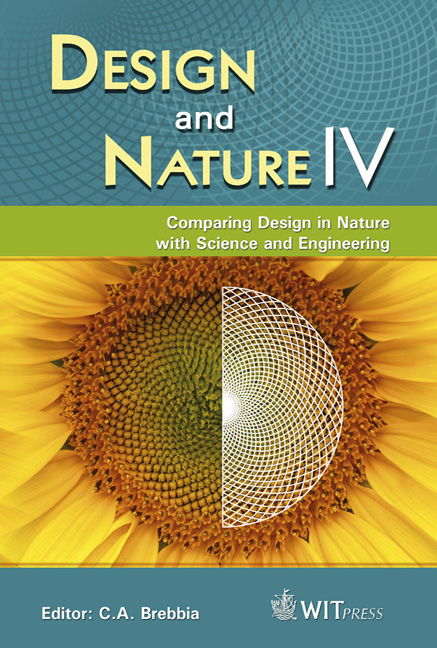Friction In Nature
Price
Free (open access)
Transaction
Volume
114
Pages
10
Page Range
263 - 272
Published
2008
Size
518 kb
Paper DOI
10.2495/DN080271
Copyright
WIT Press
Author(s)
T. Liskiewicz, A. Morina & A. Neville
Abstract
Nature has found a number of ways to efficiently tackle friction problems. It has solutions to provide ultra low friction in the case of lubricated systems, ultra high friction in the case of adhesives or in some cases even controlled adaptable friction performance. Frictional surfaces can be found on different scales in nature from a nanometre scale to a macro scale. From a wide variety of natural systems synovial joints have probably attracted more research attention than other systems and this is fully justified, as they are examples of ideal synergy between lubrication process and materials technology. Other examples include shark skin riblets for drag reduction, hierarchical structures for maximum adhesion or mucus and slime for an improved slip. In this contribution a summary of natural frictional systems is presented. Several examples of the successful use of biomimicry for the manipulation of the interface to provide the desired functions are presented here. Finally directions of further exploitation of a biomimetic approach in tribology are discussed. Keywords: friction, biomimetics, surface engineering, hierarchical structures, drag reduction, adhesion, nano-technology, lubrication. 1 Introduction Natural systems attract a lot of attention from engineers, not only due to their sophisticated beauty but mainly because of their high efficiency and durability. Biomimetics is an emerging field of research and its benefits have been found in a number of areas from architecture, robotics to materials science and many more [1]. A biomimetic approach benefits from the fact that nature is regarded as
Keywords
friction, biomimetics, surface engineering, hierarchical structures, drag reduction, adhesion, nano-technology, lubrication.





